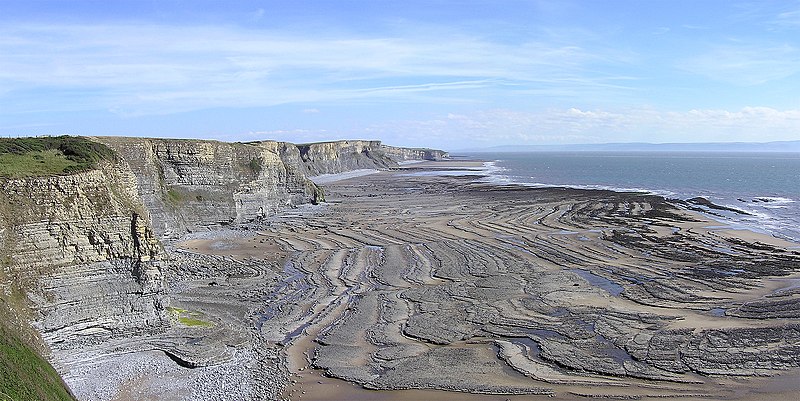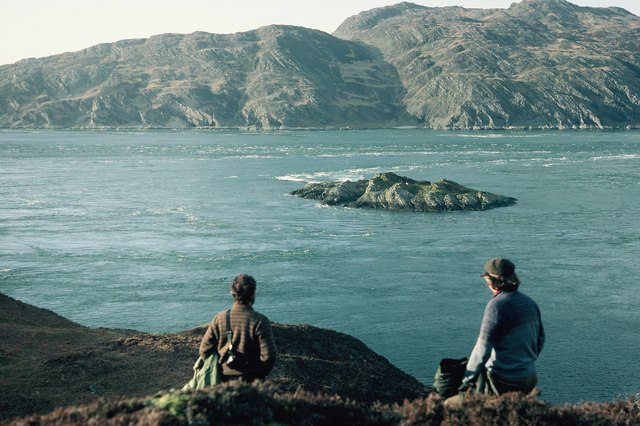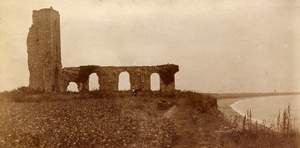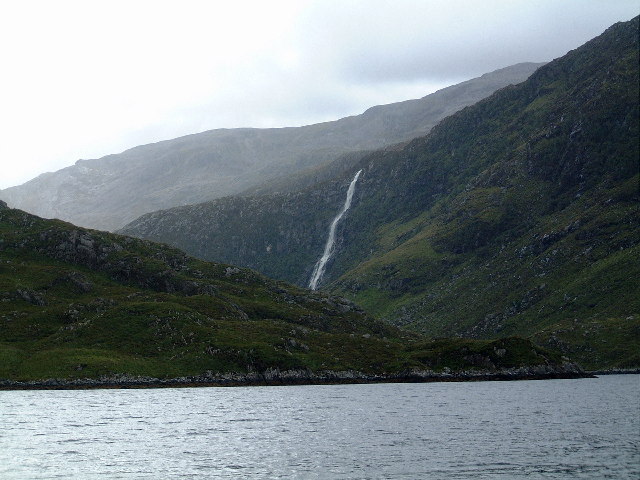
Loch Coruisk in the Isle of Skye is one of the most spectacular and isolated places in the British Isles. The head of this freshwater loch is surrounded on three sides by the imposing volcanic Black Cuillin while the southern end runs into a small rivulet, which then discharges into a sea loch, Loch Scavaig. Coruisk is an Anglicisation of the Scottish Gaelic, Coire Uisg meaning “Cauldron of Waters”. As with much of the Highlands, once it would have been thickly wooded. Deforestation has left it all the bleaker.
Robert Macfarlane visited Loch Coruisk in his tour of Britain’s remotest parts, The Wild Places. He describes it as the greatest example in Britain of what he calls “sanctuaries”: hidden valleys with all the lure of lost worlds.
Sir Walter Scott visited the loch in 1814 and described it vividly:
- “Rarely human eye has known
- A scene so stern as that dread lake,
- With its dark ledge of barren stone…”
Lord Tennyson was somewhat more descriptive:
“Loch Coruisk, said to be the wildest scene in the Highlands, I failed in seeing. After a fatiguing expedition over the roughest ground on a wet day we arrived at the banks of the loch, and made acquaintance with the extremest tiptoes of the hills, all else being thick wool-white fog
The loch has been painted by many painters including Sidney Richard Percy (1821-1886) who painted the above picture, William Daniell (1769-1837), J.M.W. Turner (1775-1851), and Alexander Francis Lydon (1836-1917). Turner almost fell to his death while painting this view of the Black Cuillin from a crag high up the valley.

The foreground figures help establish the scale of this awe inspiring view over the remote Loch Coruisk. The Cuillin Mountains soar above the loch like gigantic waves. Read National Galleries of Scotland
The loch is accessible by boat from Elgol, or, most usually, a 7-8 mile hike from Sligachan.
See also
- Loch Coruisk – Wikipedia
- Misty Isle Boat Trips. We are a family-run business running boat trips from Elgol on the Isle of Skye to the famous Loch Coruisk in the heart of the Cuillin Hills.
- Skye – Loch Coruisk Cruises
- Review of The Wild Places in the Guardian “In certain predictable ways, his early travels provide him with “the real” that he wants. On the island of Ynys Enlli, off the westernmost tip of the Lleyn Peninsula, he identifies with the contemplative and austere connectedness of the original peregrini – the monks and other devout solitaries who settled there. In Coruisk, the loch-filled valley on the southwest coast of the Isle of Skye, he encounters “a silence that reached backwards to the Ice Age” (similar sorts of time-travel occur in later chapters as well). Making “an ice-bound traverse” of Rannoch Moor, trekking through the Black Wood east of Rannoch, teetering on cliffs that define the north coast of Scotland and contemplating the peatbogs (the “Flows”) nearby, he is at once taken out of himself and connected with the original need for his journeys. They are all places that put human achievement in the perspective of eternity and generate a sense of the primitive that is salutary and bracing.”
Books about the Isle of Skye
Collins Rambler’s Guide – Isle of Skye
Produced in association with the Ramblers, this walking guide covers the beautiful Isle of Skye and combines detailed route descriptions with information on the local history and wildlife.
This famous corner of the Scottish Highlands and Islands is home to a spectacular variety of mountain landscapes and dramatic coastlines. There is also a wealth of fascinating places to explore: caves and sea stacks, headlands and arches, waterfalls and castles.
The introduction gives information about the topography, geology and history of the area, and describes the flora and fauna inhabiting it.
Isle of Skye: 40 Coast and Country Walks (Pocket Mountains)
An excellent little walking guide, especially for those – like me – wanting to explore as many parts of the Isle of Skye as possible in a visit. Arranged roughly by ‘peninsular’, there are walks ranging from 45 minutes to a few hours, even a day. We did at least one from each section and they were all straightforward and, of course, beautiful!


















